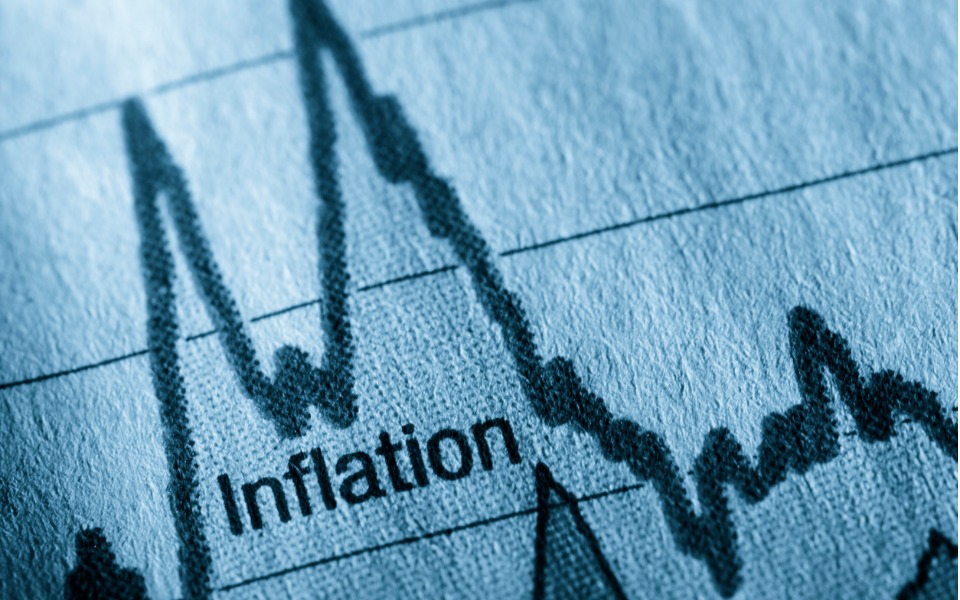
Why RBI has done the right thing by holding policy rates

The RBI’s Monetary Policy Committee has done the right thing to hold policy rates, instead of raising them as some inflation hawks would liked it to. There is an increasing concern within the economic commentariat over rising inflation, and rising decibel levels of calls for the RBI and its Monetary Policy Committee to switch over from an accommodative stance of monetary policy to one that tightens policy to crush inflation.
It is common sense that when prices rise, interest rates should go up to control them, right? Common sense is a good guide on most occasions, but not when it comes to inflation.
A rose is a rose is a rose, we know since Gertrude Stein. But such iterative assertion of sameness does not work in the case of inflation. Demand-driven inflation is very different from cost-push inflation, and calls for different policy responses.
The reason why economists worry about large fiscal deficits is that these can create more demand for goods and services in the economy than are or can be produced in the short run, leading to an increase in prices. Excess demand can spill over into larger imports, creating larger current account deficits than you want.
If the government were to undertake expenditure only from the proceeds of tax and non-tax current receipts, there would be no excess demand. But when the government resorts to borrowings, things could get out of hand.
Banks create credit, and can lend amounts more than they have received as deposits, because of which banks can maintain the same level of lending to private industry, instead of cutting back on that lending, while also extending fresh credit to the government. When the government and the private sector spend the borrowed money to buy goods and services, whether in the course of financing investment or consumption, together they could create more demand than can be met from the extant production of the economy.
Investment would exceed domestic savings. This excess demand would push up prices, induce larger imports and widen the current account deficit. The way out of this macroeconomic imbalance is, indeed, to increase the rate of interest, so that some demand is taken out of the system.
The options are different when inflation stems from supply shocks. The price of oil is high because the oil producers’ cartel, Opec, plus Russia plus the US (the US has successfully avoided being clubbed with the others, but that is just good PR—it is the world’s biggest producer of oil after the shale revolution and could increase production if it wanted to).
The price of gas is extraordinarily high, in part because it is linked, in some parts of the world, to the price of oil, and because of some outages of capacity and because of climate change.
Climate change raises gas prices in multiple ways. One, the last winter was severe and prolonged, thereby eating into the reserves of gas many economies had built up during the economic lull of pandemic-struck 2020. This was followed by an intense summer that raised the demand for gas for power generation to very high levels. Brazil has experienced an extraordinary drought, depleting their hydroelectric output and forcing them to use more of their gas domestically. A lot of gas in America is co-generated with shale oil, and the let up that Americans have allowed in shale oil production has affected America’s gas output as well.
The Russians are letting high gas prices repair their damaged fisc, apart from using them to wallop any opposition to the Nord Stream II pipeline that would bring gas from Russia to Germany skirting the traditional route via Ukraine.
Because of the ongoing transition away from fossil fuels, investment in fossil fuels has been sharply down, at least since 2014, when oil prices had tanked. Solutions to the intermittency of power from wind and the sun, such as largescale battery storage, pumped storage of water to run turbines later or use of renewable power to split water to harvest hydrogen as a fuel, are still some distance away. In this interregnum, energy prices can be sticky.
Also read: RBI plans to launch a digital currency. How will it be different from crypto?
Uneven recovery from the pandemic across the world has broken several links of global supply chains. Ships that had been decommissioned during the pandemic-induced drop in global trade have not yet been fully replaced. Shipping has turned costly.
Then, there are floods, regional lockdowns and other such temporary disruptions to production and movement of goods. All these cause prices to go up.
If the central bank tries to suppress such inflation through higher interest rates, that would be a big mistake. The solution to supply-constrained inflation is greater supplies, and that calls for stepped up investment, whether in oil and gas production or in shipbuilding. The higher prices themselves curb some demand, if only they are allowed to feed through the market to the consumer. It is the second-order effects, after the initial price rise has had its effect in both stimulating supplies and curbing demand, that higher interest rates should choke off some demand to cool prices.
Those who have been calling on the RBI to change tack from growth to fighting inflation completely miss the nuance between different kinds of inflation and the differential responses called for.
Growth is still not robust enough to take economic output this fiscal to at least where it was at the end of 2019-20. It is not yet time for the RBI to abandon its accommodative stance of monetary policy, leave alone start raising rates.
(An earlier version has been revised, taking into account the RBI’s stand on monetary policy)


